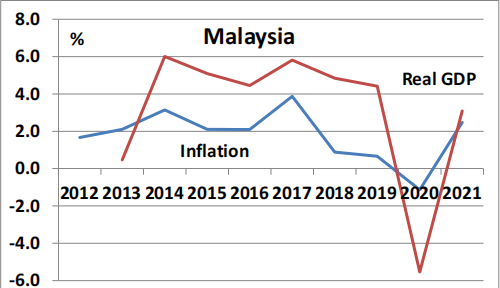IY0 Business/IYO Tourism and Hospitality/IY403 Economics
Hello, dear friend, you can consult us at any time if you have any questions, add WeChat: daixieit
IY0 Business
IYO Tourism and Hospitality
IY403 Economics
Invigilated Examination
End of Module Examination Question Paper
Time Allowed: 120 Minutes
Part A – Short response questions (2 marks per question = 10 marks total)
1. What is consumer surplus and what is producer surplus? (2 marks)
2. State the four market forms and give an example of each . (2 marks)
3. What is comparative advantage? Which country has a comparative advantage in the production of Y? (2 marks)
|
|
X |
Y |
|
Country A Country B |
2 10 |
10 20 |
4. What are explicit and implicit costs? Give examples of each. (2 marks)
5. Name the macroeconomic demand-side policies and give an example of each. Give an example of a macroeconomic supply-side policy.
Part B – Longer response questions – answer every question
(10 marks per question = 70 marks total)
6. Draw a fully labelled demand and supply diagram and show
1. how the equilibrium price and quantity is changed by an indirect tax
2. the tax revenue and deadweight loss.
A market is described by P = 20 - 2Qd, P = 2Qs. Find the equilibrium price and quantity A tax of £4 a unit is imposed on the producer. Find the
3. new equilibrium price and quantity
4. government tax revenue
5. deadweight loss
6. incidence of the tax on consumers and producers
7. The quantity demanded of good A is described by
QA = 100 - 5PA + 10PB - 10Y
Where QA is quantity demanded, PA is the price of the good, PB is the price of an alternative good B and Y is income. Find, at PA = £2, PB = £1, Y = £5, the
1. price elasticity of demand
2. the cross elasticity of demand
3. the income elasticity of demand
Comment on the economic significance of each of your answers.
8. An economy is described by C = 0.6Yd, Yd = Y – tY, t = 0.1, I = 50, G = 50. C is consumption, Yd disposable income, t the rate of income tax, I investment and G government spending.
1. What is the value of the multiplier?
2. What is the equilibrium level of income?
3. What is the financial position of government?
4. How does a budget deficit (surplus) affect the national debt?
5. What is income and consumption if G is increased by 10?
6. What other methods could be used by government to increase output?
9. The maximum combinations of food and T shirts that can be produced over a year is
|
Fish |
Nuts) |
|
0 |
10 |
|
1 |
9 |
|
2 |
7 |
|
3 |
4 |
|
4 |
0 |
1. Draw a Production Possibility Frontier with Fish on the horizontal axis.
2. What is opportunity cost?
Find the opportunity cost of moving production from
3. 1 fish to 2 fish?
4. 4 fish to 3 fish?
5. Zero nuts 7 nuts?
6. Are points outside the PPF attainable? What about points within the PPF? Explain.
7. What is an outward shift in the PPF called and how can an outward shift be achieved?
Part C – Data Questions – answer every question (20 marks)
10. Calculate a Laspeyres price index from the data in the table for year 0, year 1, year 2 and year 2 in relation to year 1, and the rates of inflation. Prices are per unit, so that the price, for example, of one movie in P0 is £5.
What is the fall in the value of money over year 2 in relation to year 0?
State one problem using a Laspeyres price index as a measure of inflation. State one reason why inflation is regarded as a problem. (8 Marks)
|
ITEM |
|
P0 |
P1 |
P2 |
|
Popcorn |
500 |
£1 |
£1 |
£1.05 |
|
Movies |
300 |
£5 |
£10 |
£10.50 |
|
Pepsi |
300 |
£0.7 |
£0.8 |
£0.75 |
11. What does the diagram show? Summarise the key points. (4 marks)

2023-07-11